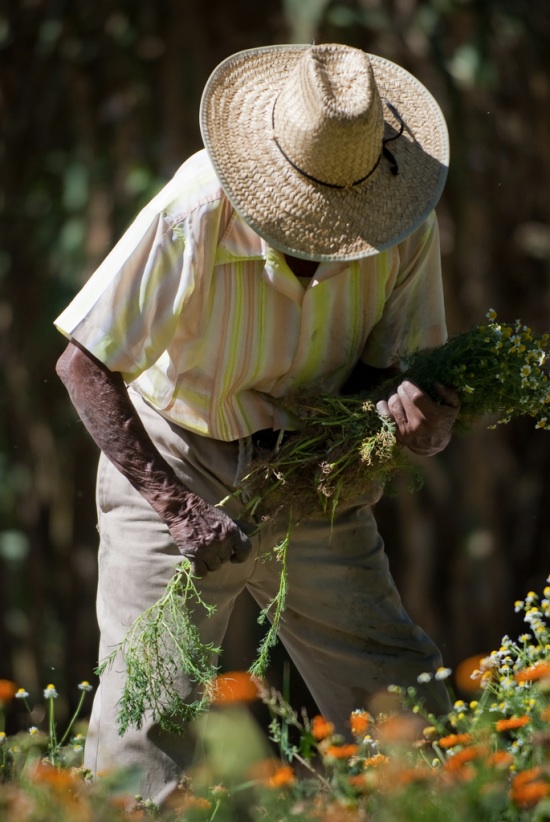
A man works his plot in the chinampas of Mexico City. (Photo by Eneas De Troya.)
Chinampas, or floating gardens — small artificial islands full of crops, built up on shallow lake beds — once sustained the Aztec capital of Tenochtitlan, producing multiple harvests every year. They still exist in Mexico City, feeding its rural citizens — for now. As the city continues to expand, a new rail line to the hinterlands is likely to deal the final blow to these gardens, which have been producing tomatoes and zucchini since “long before the Aztecs arrived in the lake-filled valley in the 14th century,” reports Jo Tuckman in the Guardian.
Mexico City’s population explosion in the second half of the 20th century started to threaten the chinampas, and the gardens only exist today because the government banned building on them. Unfortunately, current land holders can’t convince their children to continue to farm the gardens, whose water supply has been contaminated by the city.
One local interviewed by the Guardian says the gardens are not just literal islands, but metaphorical islands in a sea of urbanization:
Martínez’s land has a view of the new metro terminal and some hills further south that he says were covered in cornfields not so long ago.
Now, he predicts, they will soon be covered in houses, leaving the chinampas as a shrinking island between the two. “It was once very beautiful here, but those days will never return,” he says. “Now we are going to become just another part of the metropolis.”




